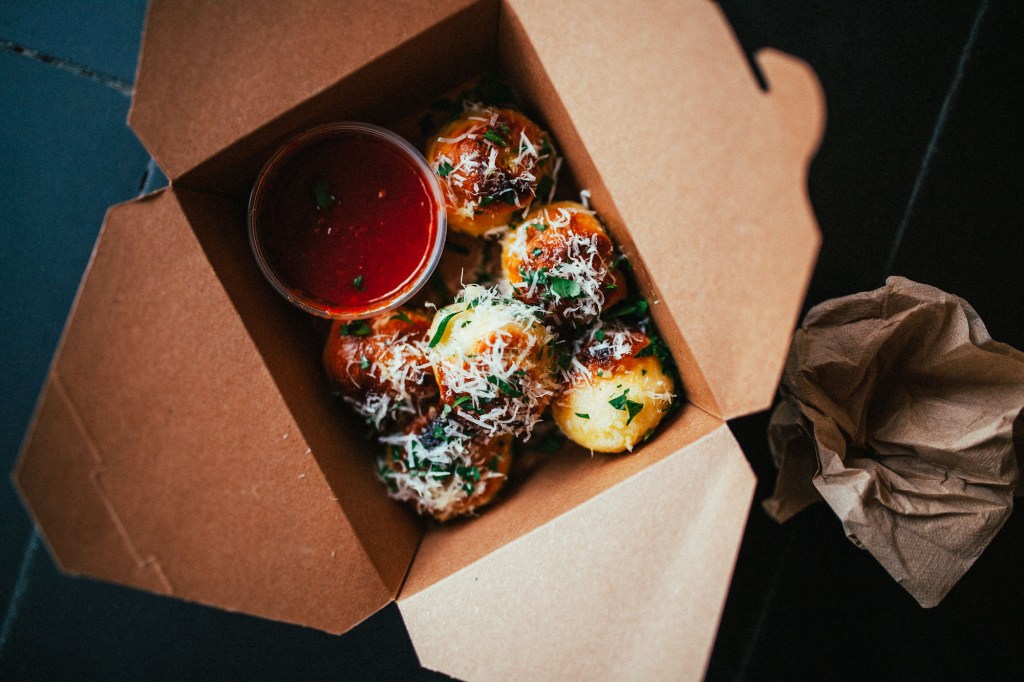There are a lot of rules to follow—perhaps too many—when it comes to sipping fine wine. Swirl your glass to open up the wine’s subtle notes. Hold it at the base of the stem so as not to introduce unwanted body heat. Blah blah blah.
But not all wine is fine, and not all of it is meant to be tasted like the grand crus of Burgundy.
Videos by VICE
Take, for example, the practice of adding ice cubes to Chardonnay in the summer—once the exclusive territory of WASPs and wine rubes. Introducing water and upsetting the fine balance of the wine would appall any sommelier or fine wine drinker. And after all, one of the reasons that restaurants don’t serve wine ice-cold is because ice numbs your palate and mutes the flavours of the wine.
But if you’re drinking not-so-great wine, that’s just fine.

Willa Jean’s Frosé. All photos by Rebecca Ratliff.
Kelly Fields, the acclaimed pastry chef behind Willa Jean in New Orleans, knows this well. In the scorching heat of the Big Easy, there’s no better way to cool down than with a glass of super-chilled wine.
But Fields has taken this idea and elevated it to a whole new level with Frosé—rosé that’s taken a long, cold tumble in a slushie machine.

Inside Willa Jean.

Chef Kelly Fields demonstrates the basic Frosé-making technique.
“Frosé was a completely, totally, 100-percent selfish move,” Fields tells MUNCHIES. “It’s gotten real warm, real quick in New Orleans. I saw someone drinking a wine slushie—there are daiquiri shops all over New Orleans, and somebody had gotten a wine version. I was on a rosé kick at the time, so I was like, ‘Yep, I’m gonna try this.’”
And try it she did. Now Willa Jean is a destination for Frosé (which is technically styled “Frosé, Y’all” on the menu).
“I never expected it to be a thing, but on average we sell 600 a weekend,” Fields says. “I only have one machine. The other side of it is dedicated to Beyoncé Lemonade.”
Of course, ice is an inevitable part of the Frosé equation. So how does one prevent rosé from turning into flavourless alcohol slush?
Fields resorted to sugar: Just a little bit of simple syrup brightens up those otherwise flattened flavours without turning your beverage into a wine cooler.
“When it gets that cold, some of the floral notes of the rosé just disappear and it takes on a little tartness,” she says. “The sugar brings it back up, so it just drinks like really, really cold rosé. Which is what we need in the summertime.”
As for the wine itself: You don’t want high-end rosé for this, but you don’t want the cheap stuff either. Fields sometimes uses Charles & Charles Rosé from Charles Smith in Washington, but she says affordable French favorite VRAC will work just fine too.

Frosé all day, y’all.

It was “a 100-percent selfish move” to invent Frosé, Fields says.
Of course, not everyone has access to a restaurant-grade slushie machine. So how should the average wino make Frosé at home?
Fields says a granita technique would work just fine: Add some simple syrup to wine, freeze it in a pan, and scrape with a fork every now and again as ice crystals form to produce a snowcone-like texture. “I’ll be honest,” Fields confesses. “Sometimes I’ll forget that it’s in there and it’ll freeze solid, and I’ll just go back and shave some off.”
But there’s an even easier method: Just blend rosé with some ice at high speed. No matter how obvious that sounds, it’s the dash of simple syrup that makes the difference. And boom: You have yourself some homemade Frosé.
“Not a bad day,” says Fields. We could hardly disagree.
This article originally appeared on MUNCHIES in June 2016.



